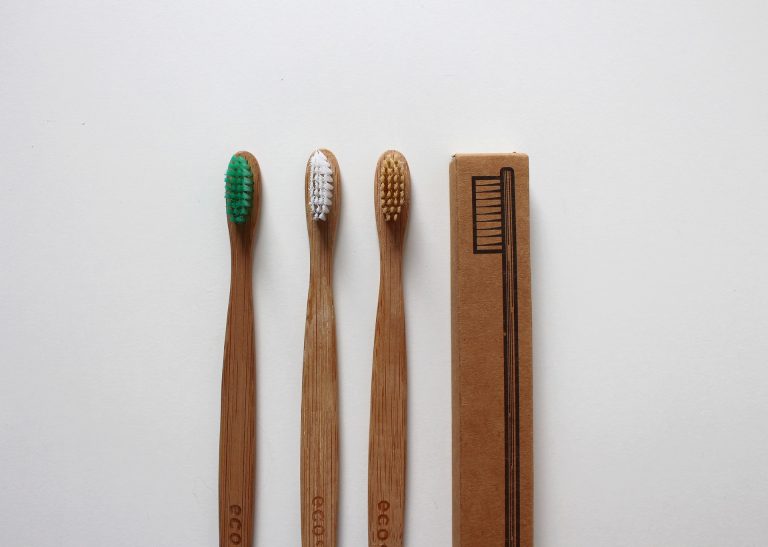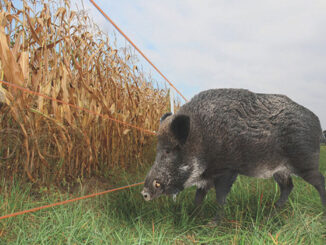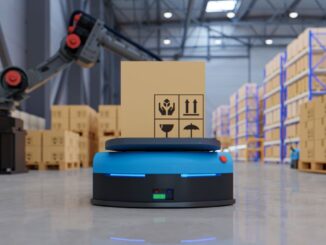
It is always thought to be a modern instrument, but in reality toothbrushes are much older than we think: the first examples date back to prehistoric times when a frayed stick at the end was a valuable ally of our ancestors in oral hygiene.
The toothbrush has seen various evolutions. In 1700, for example, William Addis, after a period of imprisonment away from water and soap, decided to assemble a bone and bristles of wild boar to begin mass-producing this essential device. The materials of which it was composed were certainly resistant but decidedly unpleasant: the bristles fell easily and retained moisture and dirt causing exactly the opposite effect to the desired one.
The turning point came at the beginning of the twentieth century when nylon began to impose itself in all industrial sectors. The animal bristles began to be replaced by synthetic bristles and since then the toothbrush, equipped with a sturdy plastic handle, has remained practically unchanged until today.
How Many Toothbrushes Do We Throw Away?
Dentists recommend changing your toothbrush every three months, so it’s easy to imagine how much plastic is thrown into the trash each year. The big problem, in fact, in addition to the high greenhouse gas emissions during production, lies in the disposal of the toothbrushes: these tools, essential to our health, are made entirely of polypropylene, a non-recycled and non-recyclable plastic. Just think that once it reaches landfill, a toothbrush takes about a thousand years to degrade completely.
Fortunately, someone has started to think about an eco–friendly solution, namely the interchangeable heads. They replace the worn bristles, making sure that at least the handle does not quickly end up in the trash. Under this impetus, some manufacturers have undertaken to make recyclable handles and to take them back directly at the end of their life, so as to use plastic to create benches, road materials, and flooring for gyms and tennis courts.
How Did We Get to Eco-Friendly Toothbrushes
Recycling, however, is not the ultimate solution: we need materials suitable for the production of completely biodegradable and eco-friendly toothbrushes. That’s why handles made of cellulose acetate, bio-resins compostable in special industrial compost, but also all-natural materials such as potato derivatives and polymerized from cereals such as corn and wheat have appeared. However, all these toothbrushes have a limit: the handle can end up in the composter, but the head does not.
As a result, the focus shifted to the bristles. There are few alternatives to nylon because our dental enamel cannot be rubbed by materials that are too abrasive. The right compromise, in the end, was found with nylon 6, the most biodegradable solution nowadays. This type of nylon decomposes quickly and its thickness may vary to make hard, medium or soft biodegradable toothbrushes.
Today, we finally find perfectly healthy and environmentally friendly biodegradable toothbrushes on the market, with bamboo handles and fully biodegradable nylon 6 bristles. Once consumed we can throw our oral cleaning ally directly into the organic bucket or into our composter.








